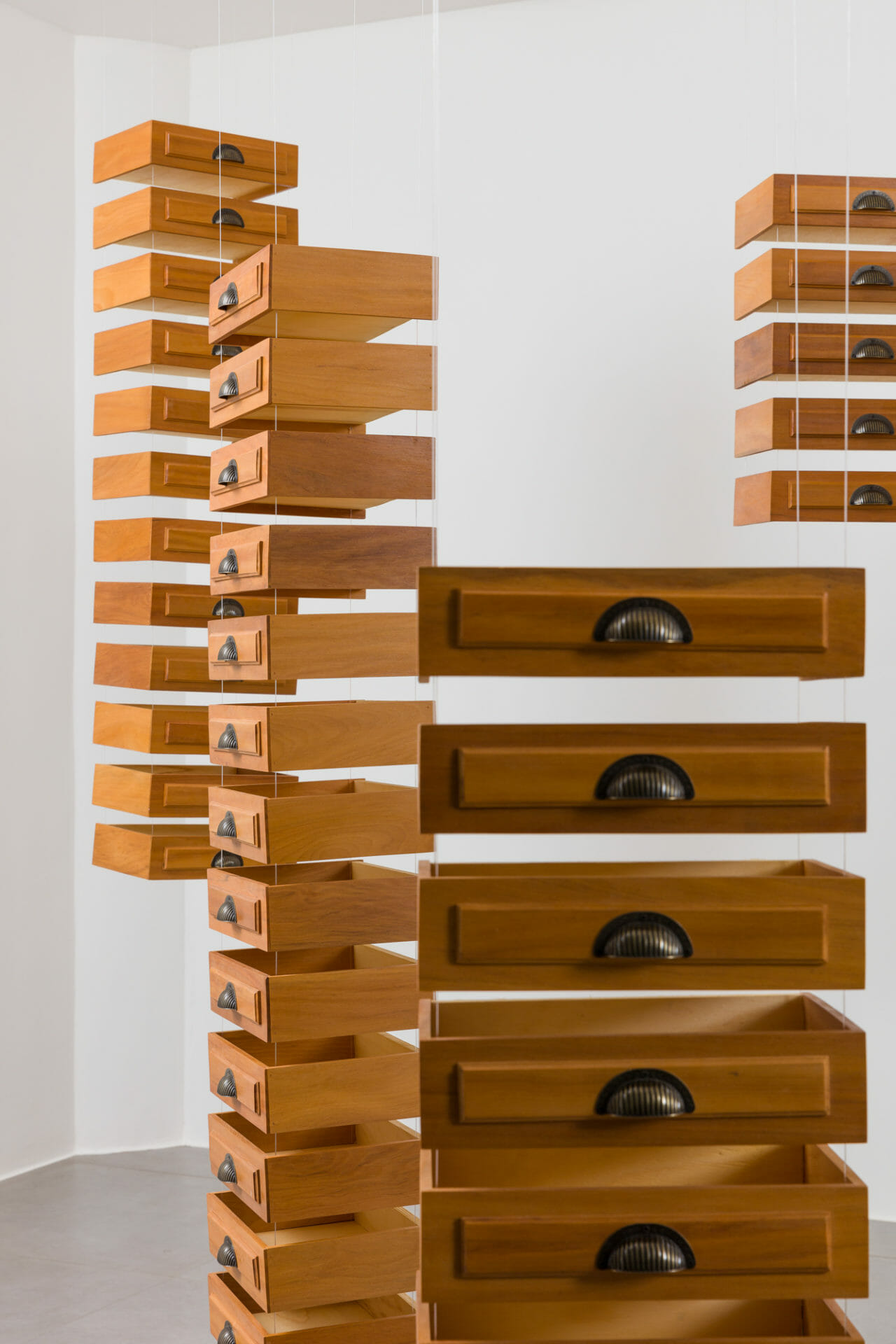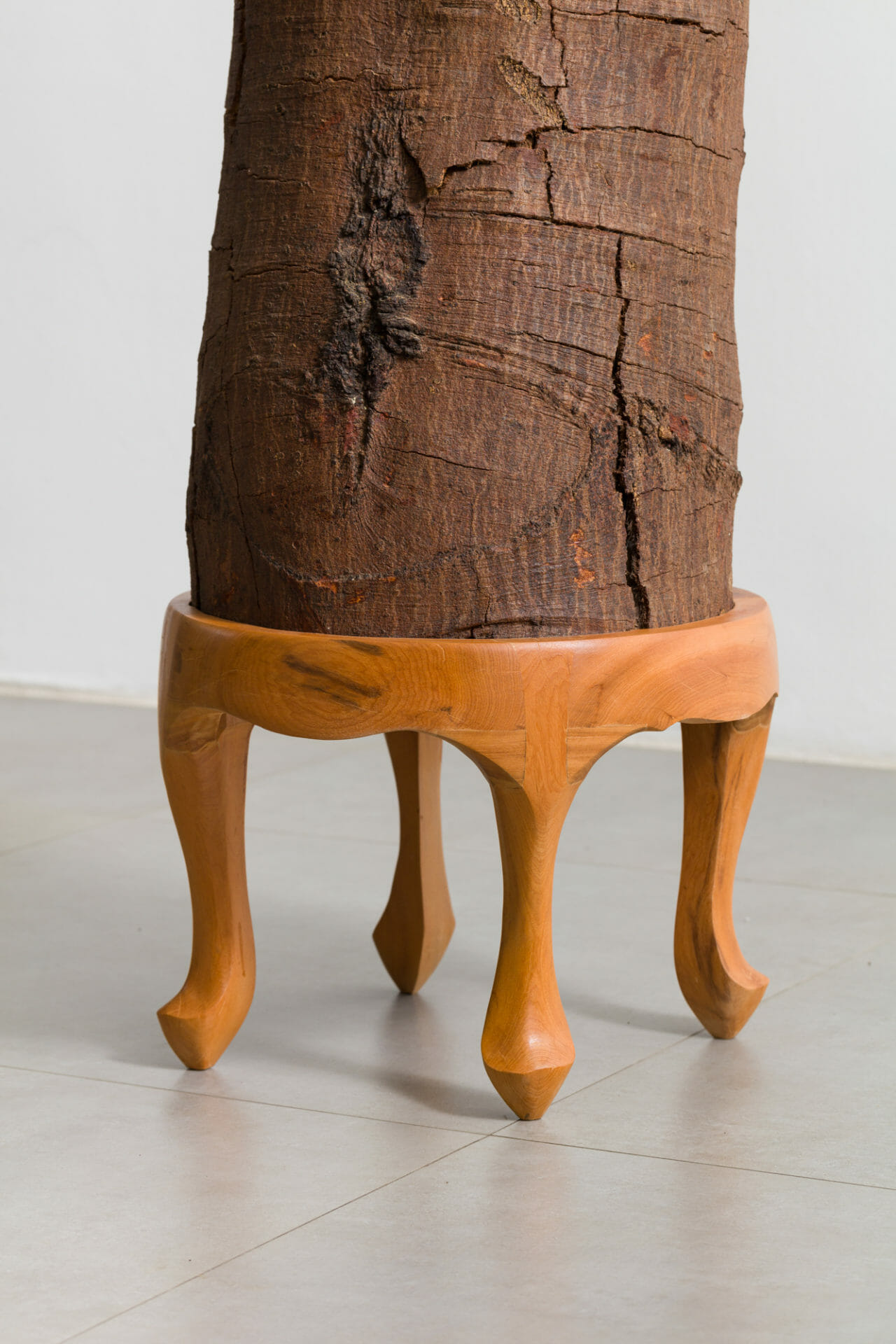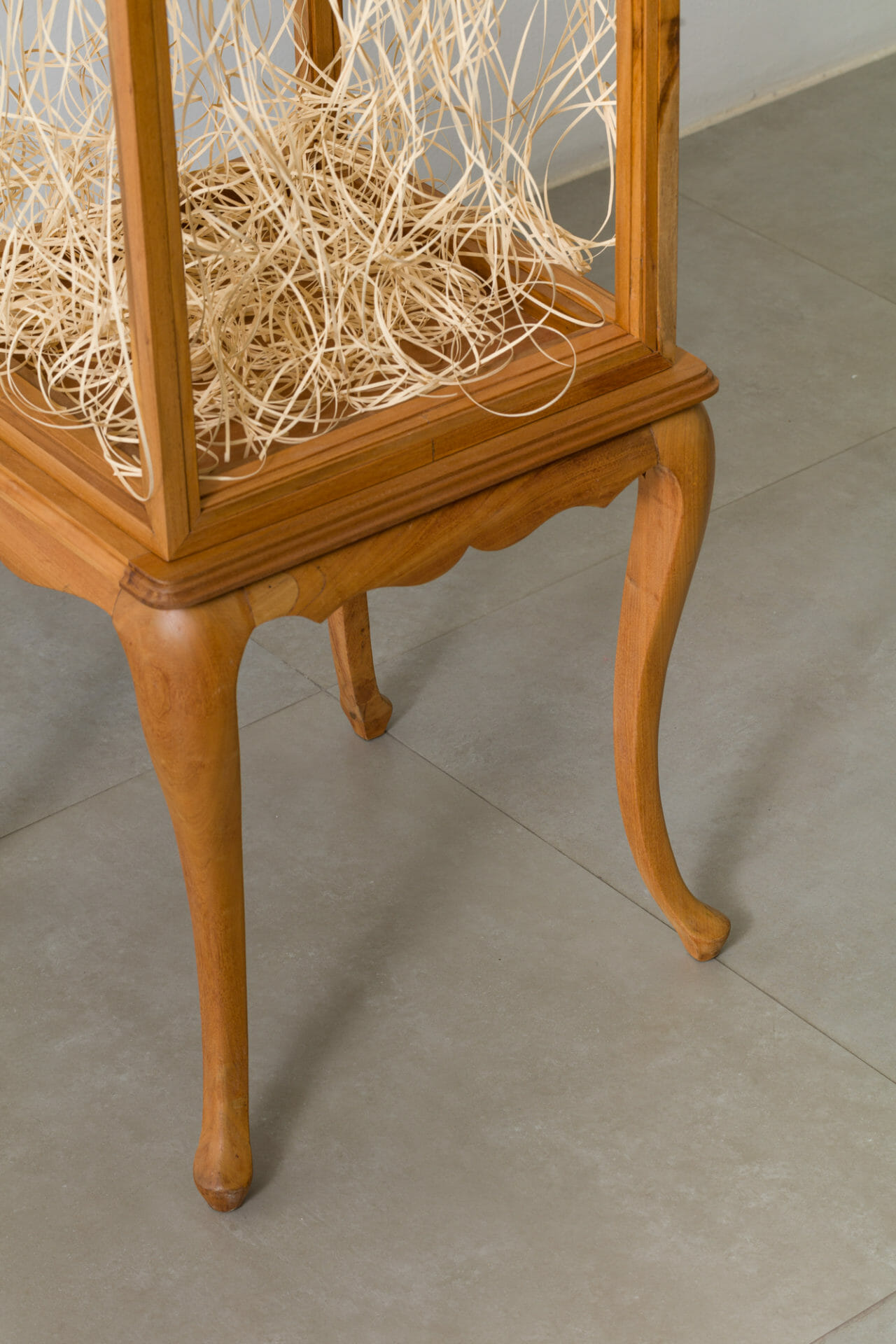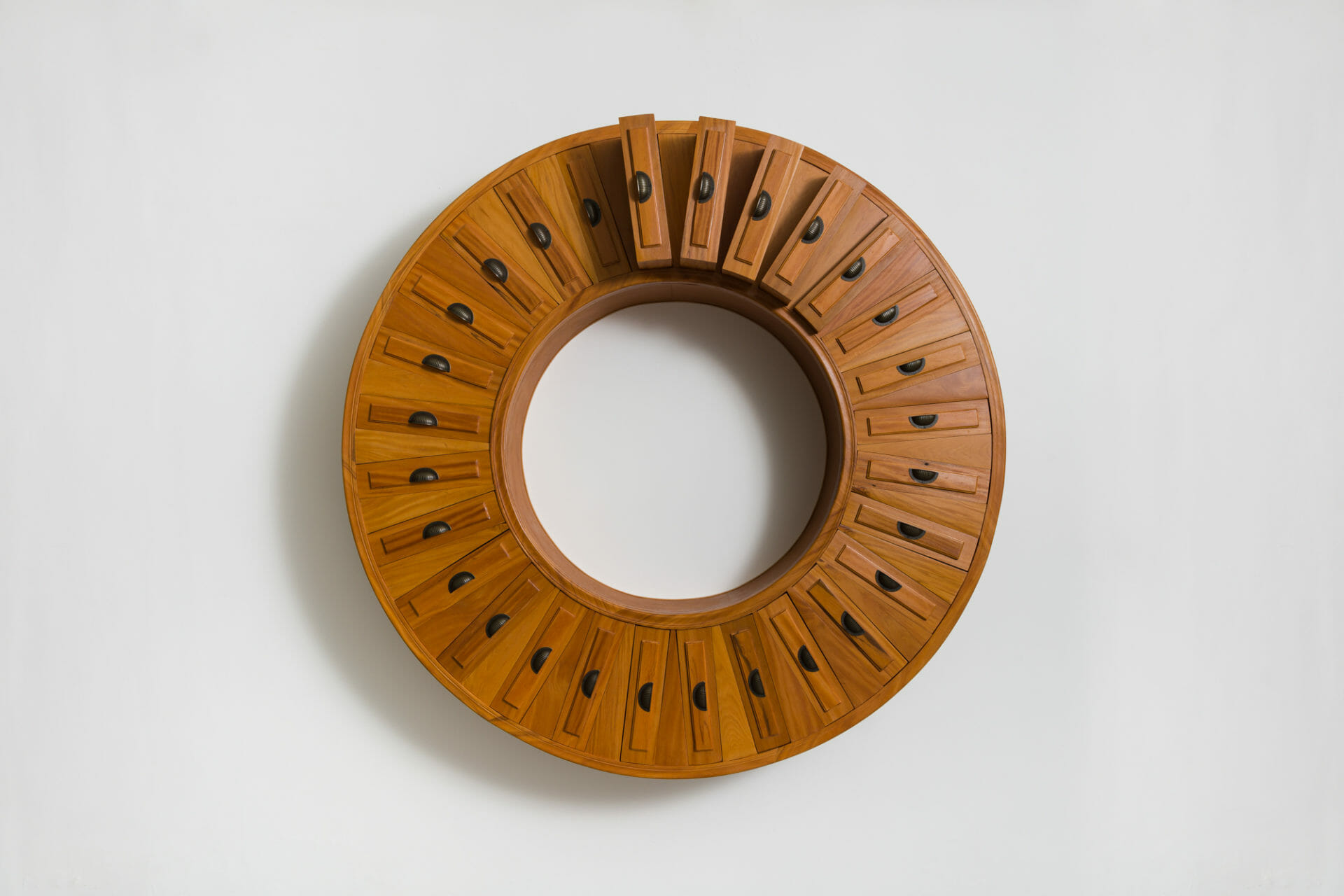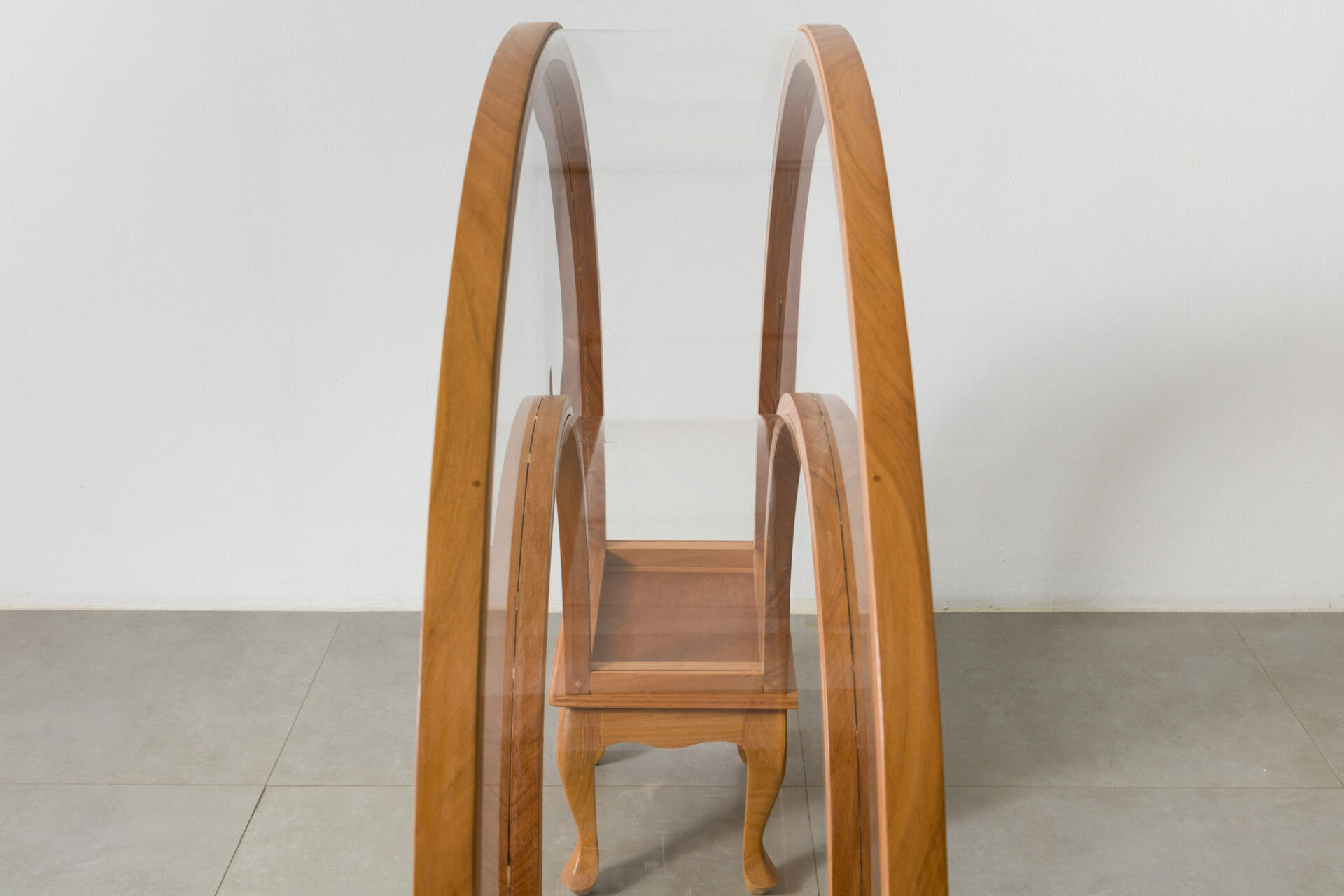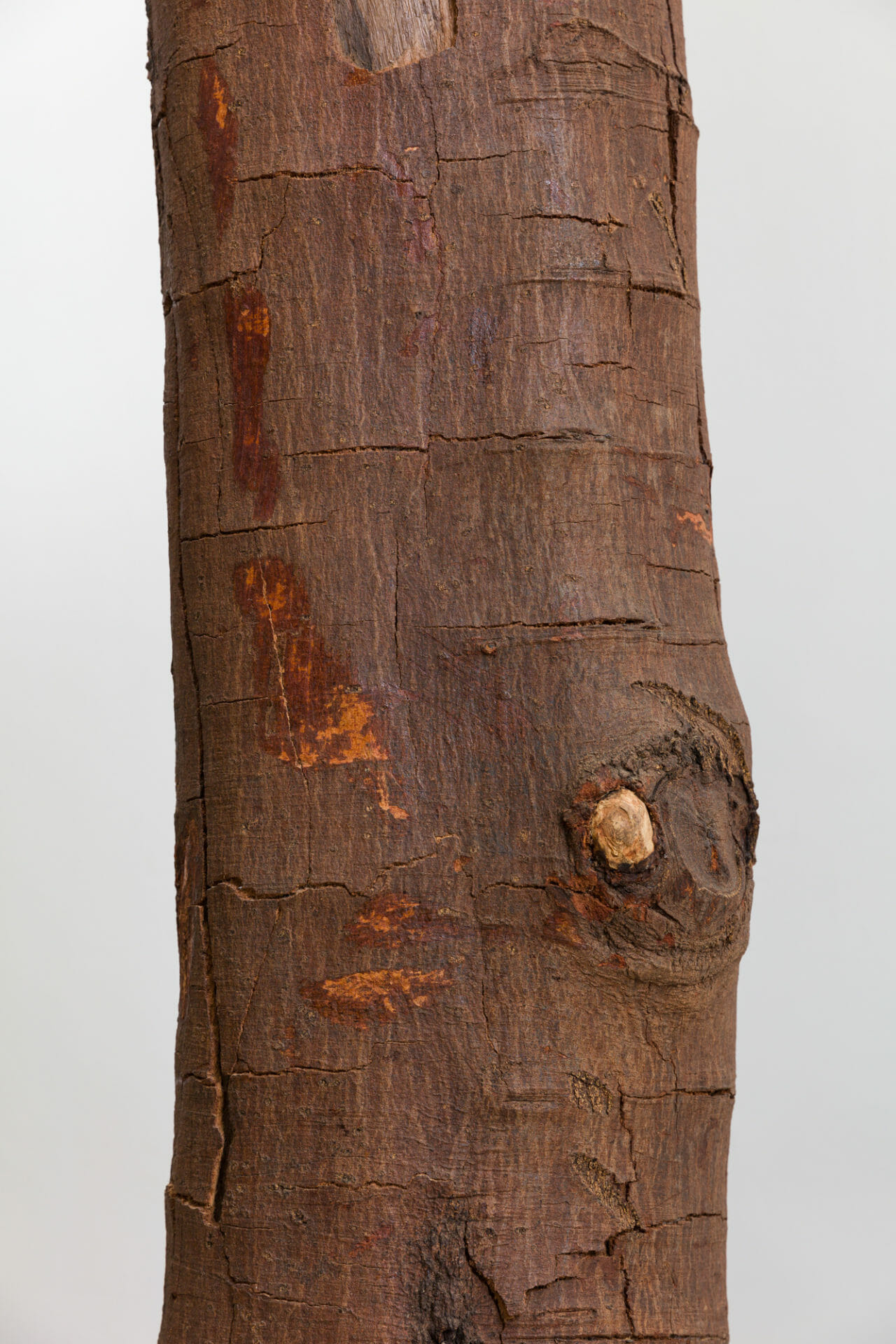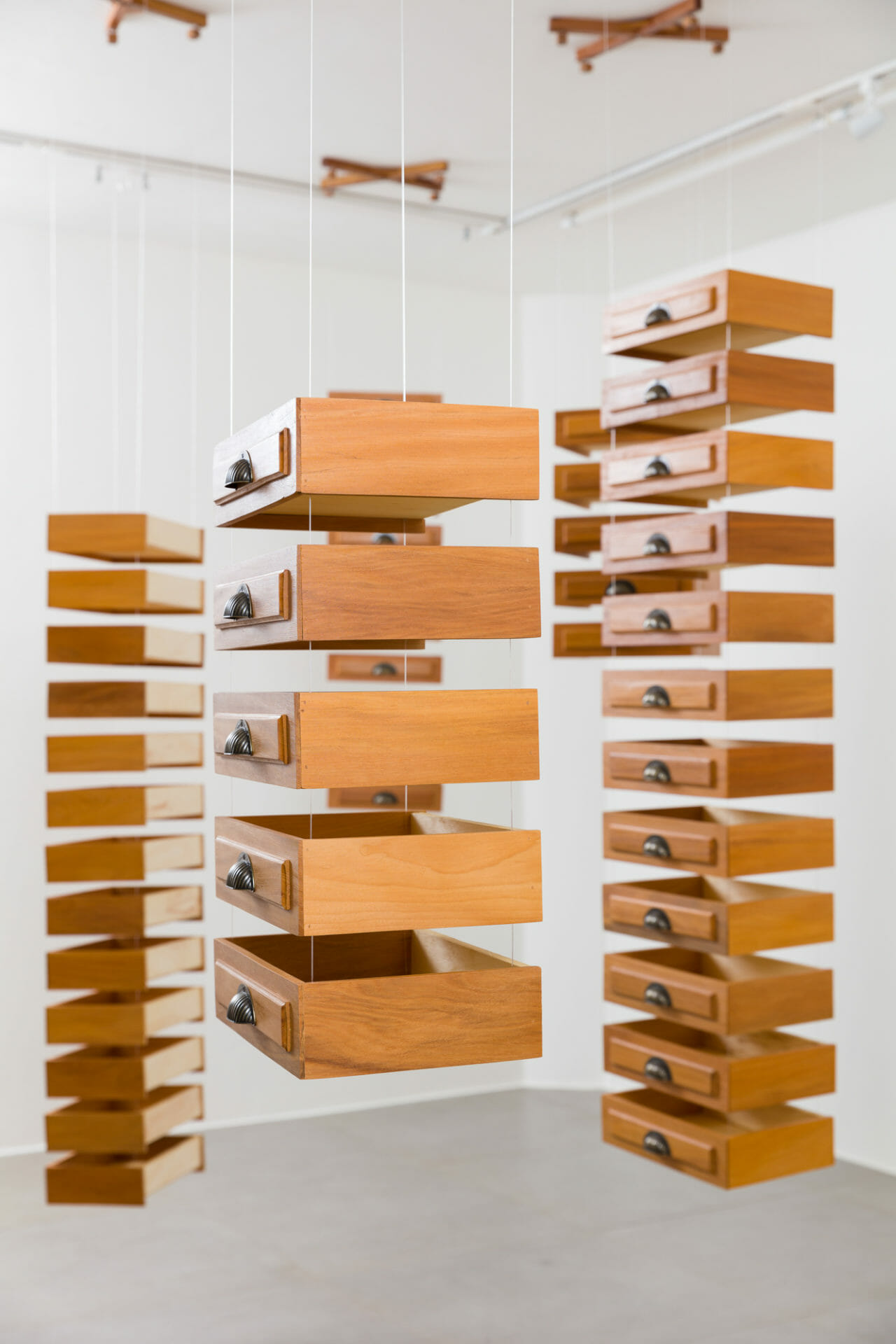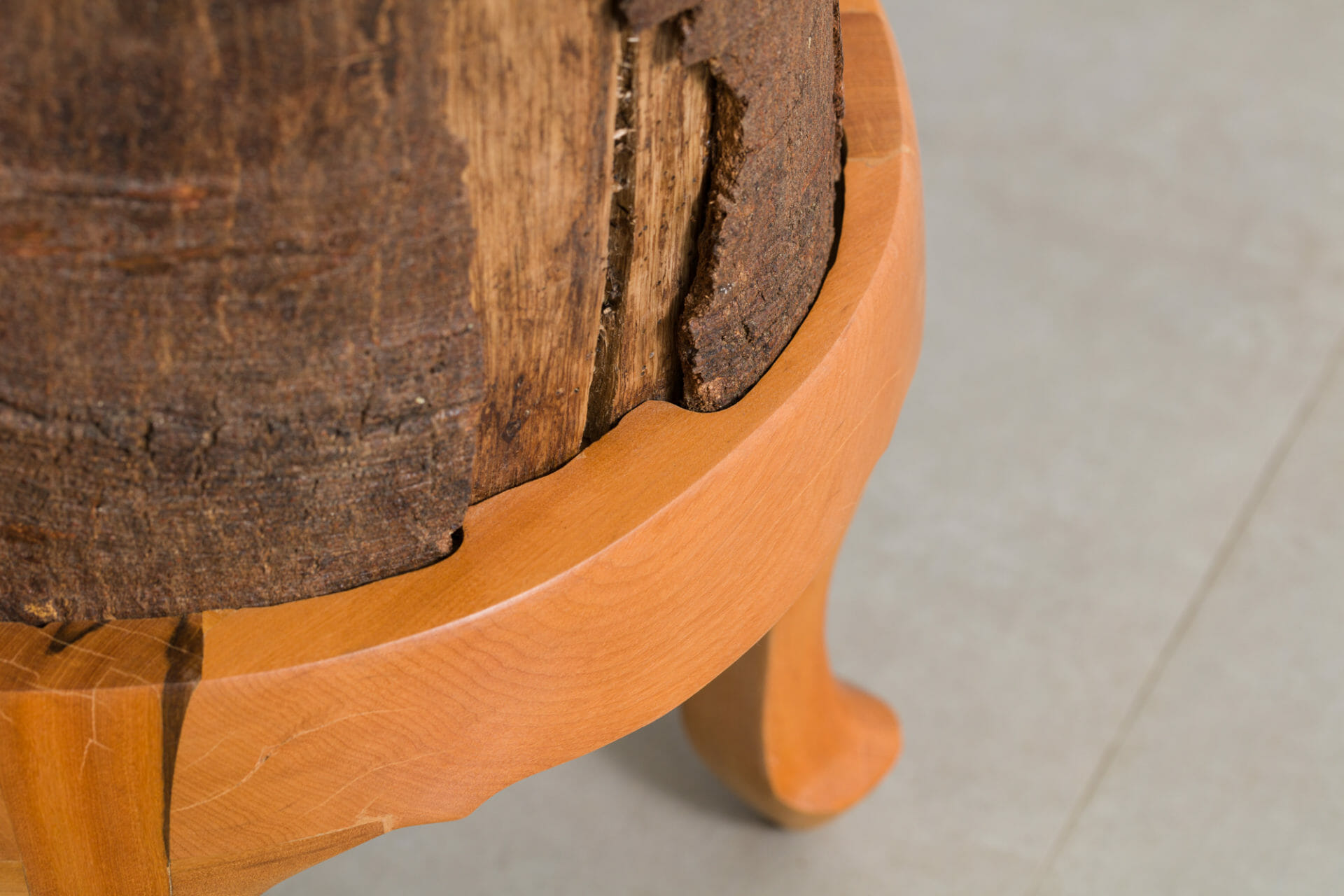Wire: Drawer of oneself, Craft of Being
The house was sold with all the souvenirs
all furniture all nightmares
all the sins committed or about to commit the house was sold with its slamming doors
with its channeled wind its view of the world
its imponderables
For twenty, twenty bucks.Carlos Drummond de Andrade
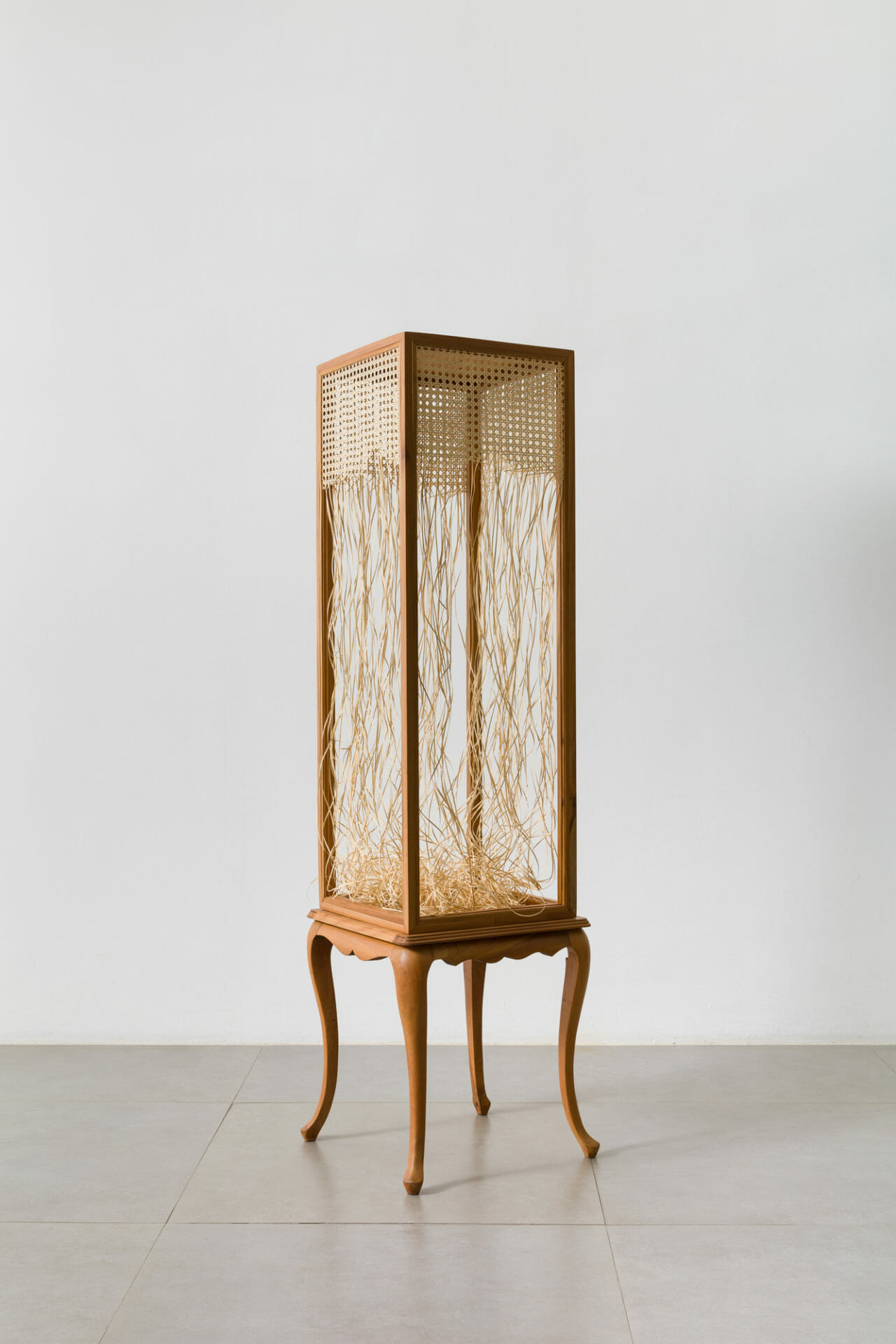
Sem Título
, 2021Wire: Drawer of oneself, Craft of Being
a Francisco Nuk’s exhibition
Without the intermediation of furniture and utensils, a house appears as an empty museum, without recollections, memories, or guilt. Waiting for the furniture, each with its pre-defined corner and function, the domestic space recalls an exhibition scene where every inserted object hides a story.
In drawers, portraits, passport, letters, and nostalgia. On the shelf are the marks of the altar, the candles, the stain of the glass on thirsty nights. On the doorstep, the size of the children, the passing of years. In its new forms, the furniture molds itself to the life that inhabits its surroundings.
In Lisbon, I once heard the story of a Portuguese lady who guarded the desk of her late husband, a poet. On the top of the furniture, between the grains of wood, overlapping words were engraved, a writing trace during poetry dawns.
Perhaps, the accommodation of things, the mere utility, is the smallest function of furniture. Transformed by time into memory, a mirror of our gestures, objects are marked. They fray, splinter, bend, and come to life. They act serenely as observers of our most intimate events.
In “Wire: Drawer of Oneself, Craft of Being”, by Francisco Nuk, the convenience and usefulness of the furniture are dismantled when the artist breaks its rigidity, turning the absurd into a persecuted concept. Everything in his work opens up to distorted clues. Distorted cabinets no longer balance the crystals, the drawers float lightly without the weight of archived secrets, the carefully carved circular dresser confuses those in storage.
Paulo Kassab Jr.
“In the universe of utilitarianism, a hammer is worth more than a symphony, a knife more than a poem, a screwdriver more than a painting: because it is easy to understand the effectiveness of a tool, while it is always difficult to understand what they can be used for. music, literature or art”, says the philosopher Nuccio Ordine
Rejecting utilitarianism and influenced by different currents, from Brazilian post-concretism to the conceptual art of Joseph Kusuth, Nuk’s work remodels what surrounds us, making objects part of an artistic experience. The artist arches, twists, bends the object, freeing it from its usefulness, just as poetry distorts words into images.

Sem Título
, 2021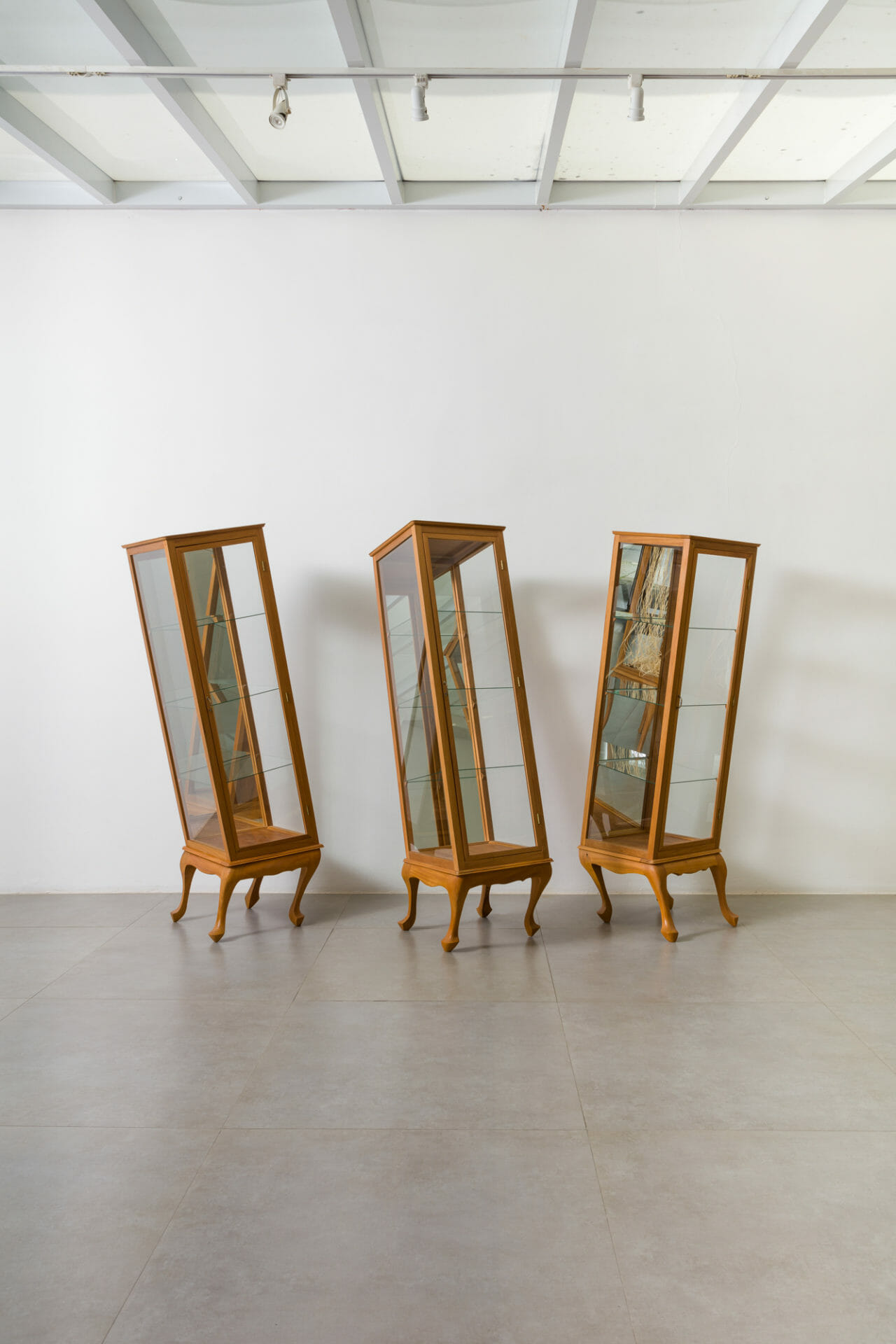
Sem Título
, 2021
Sem Título
, 2021In his book “O Guardador de Águas”, Manoel de Barros poetess that
“A well-tipped tree, with just a few seconds, becomes part of the birds that chirp it. When the straw-colored frog is about to have it — it peeks out its little eyes at God. Of every twenty lizards, languished by stars, fifteen lose their way into the caves. All this information has superb scientific unimportance — like walking backwards.”
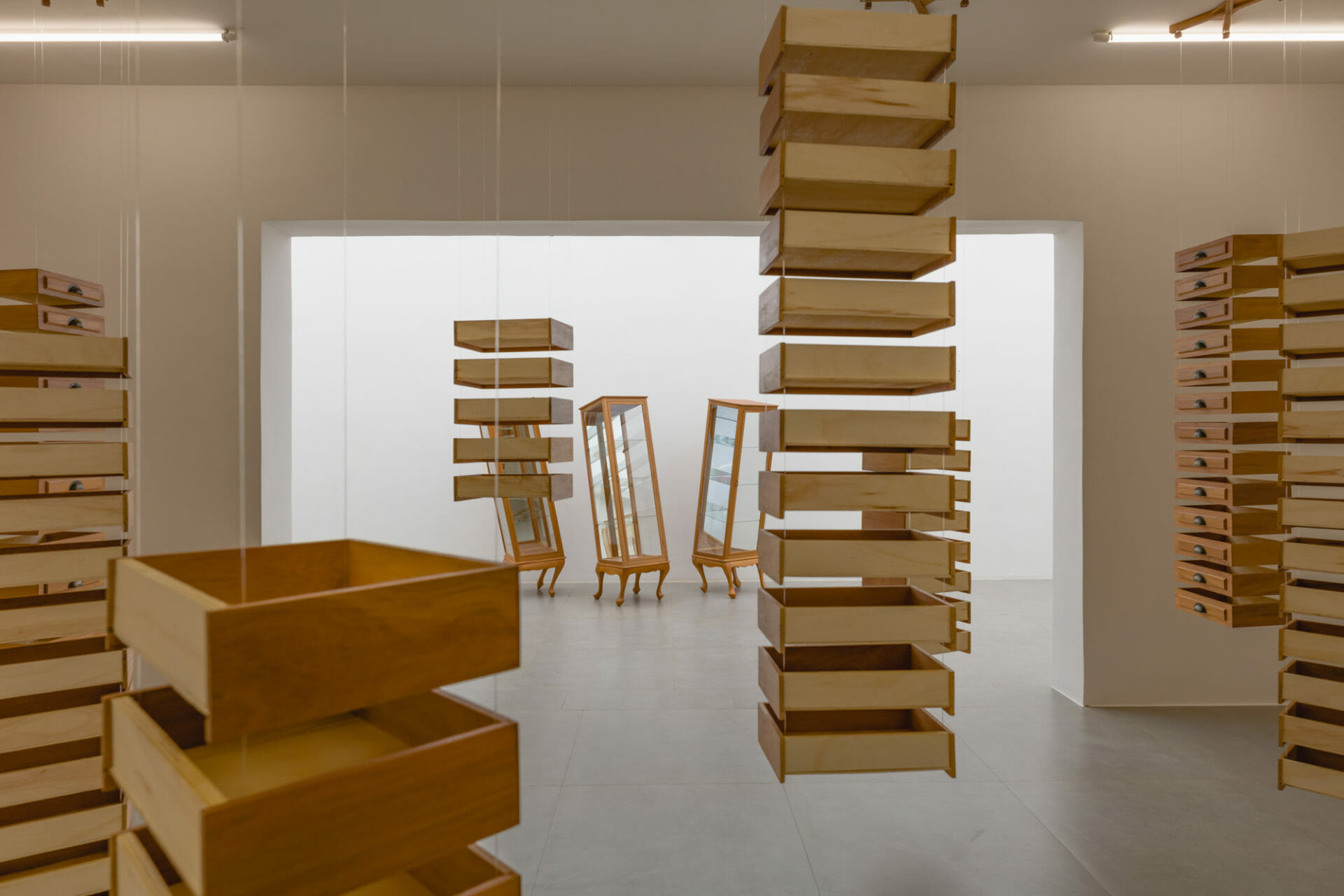
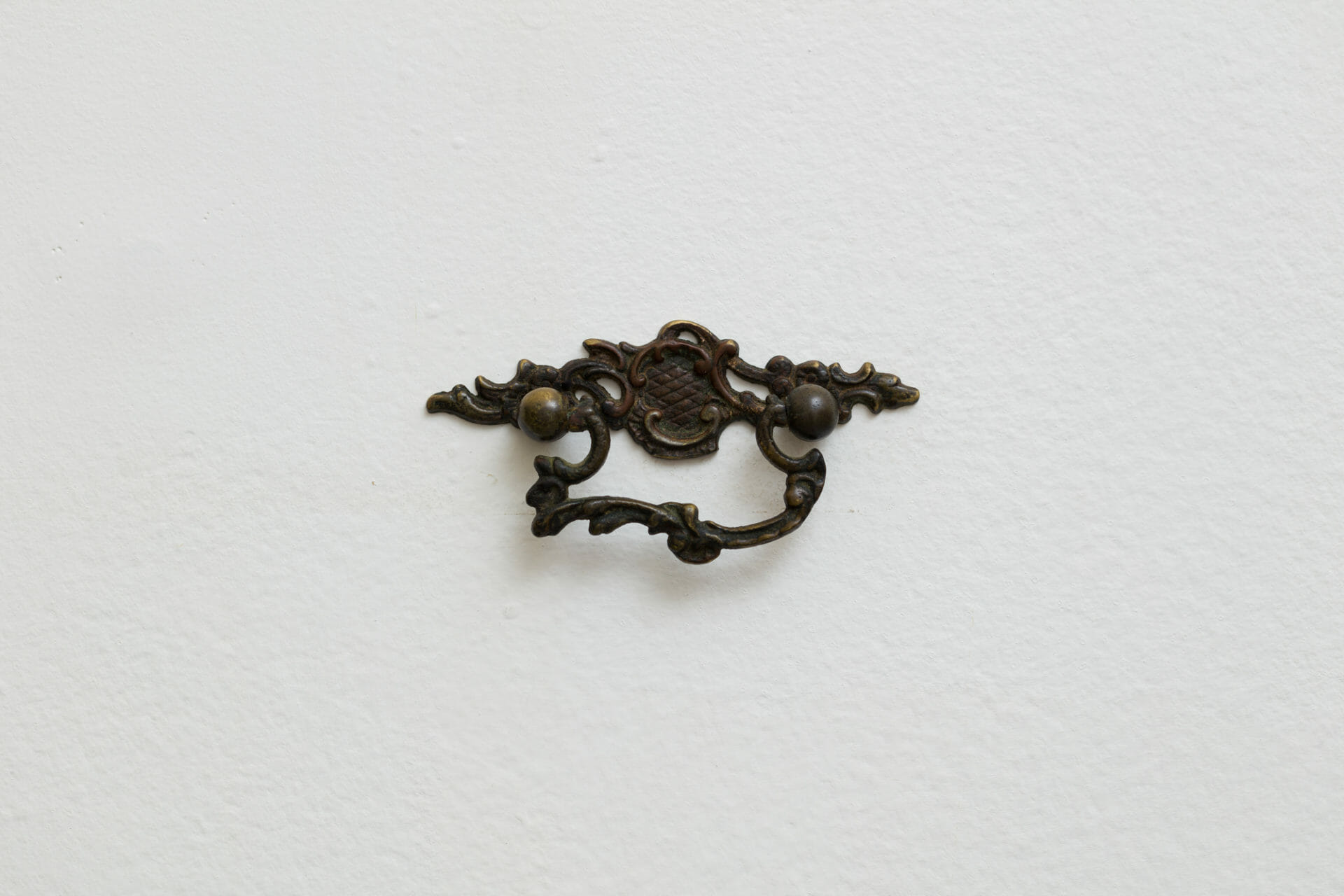
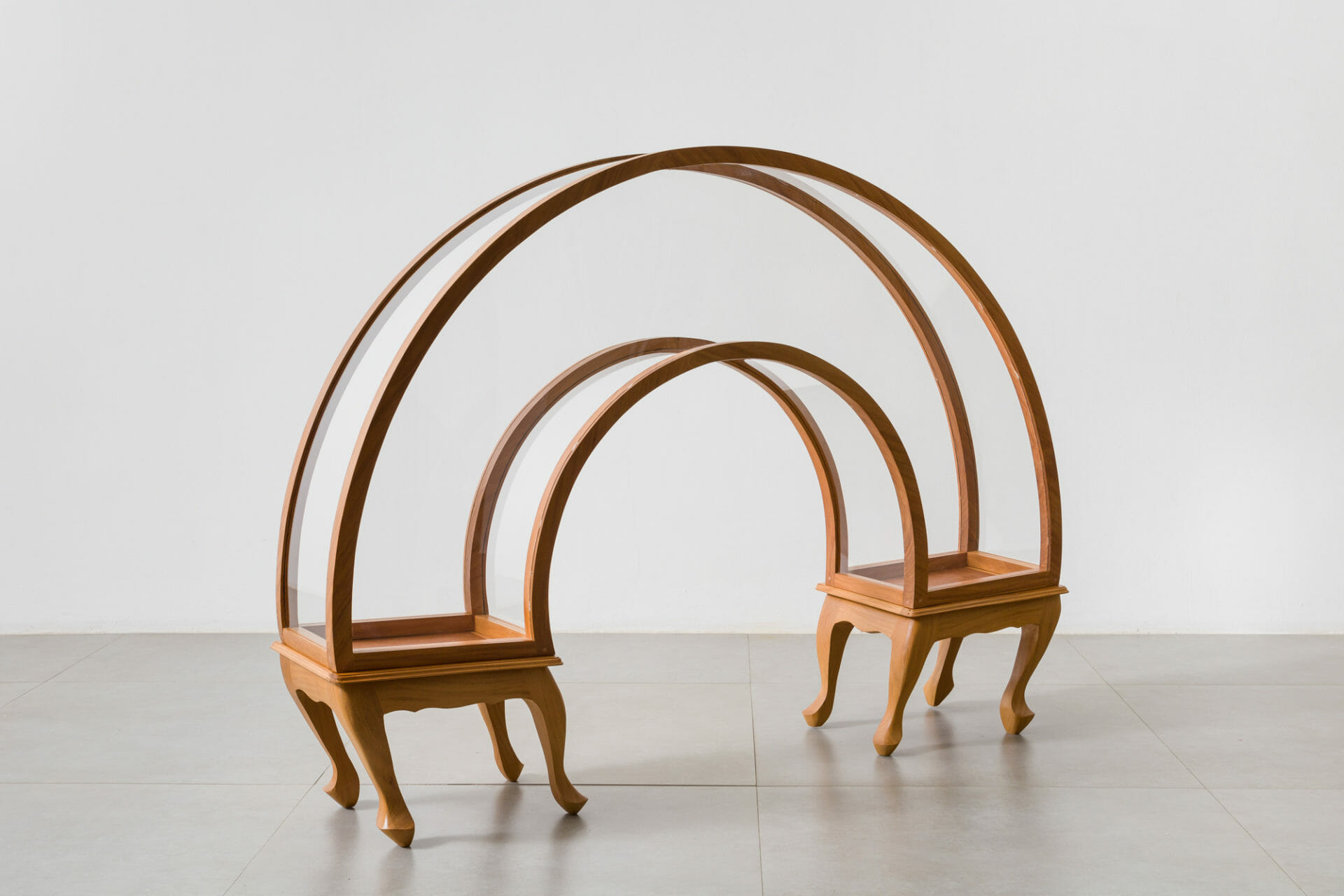
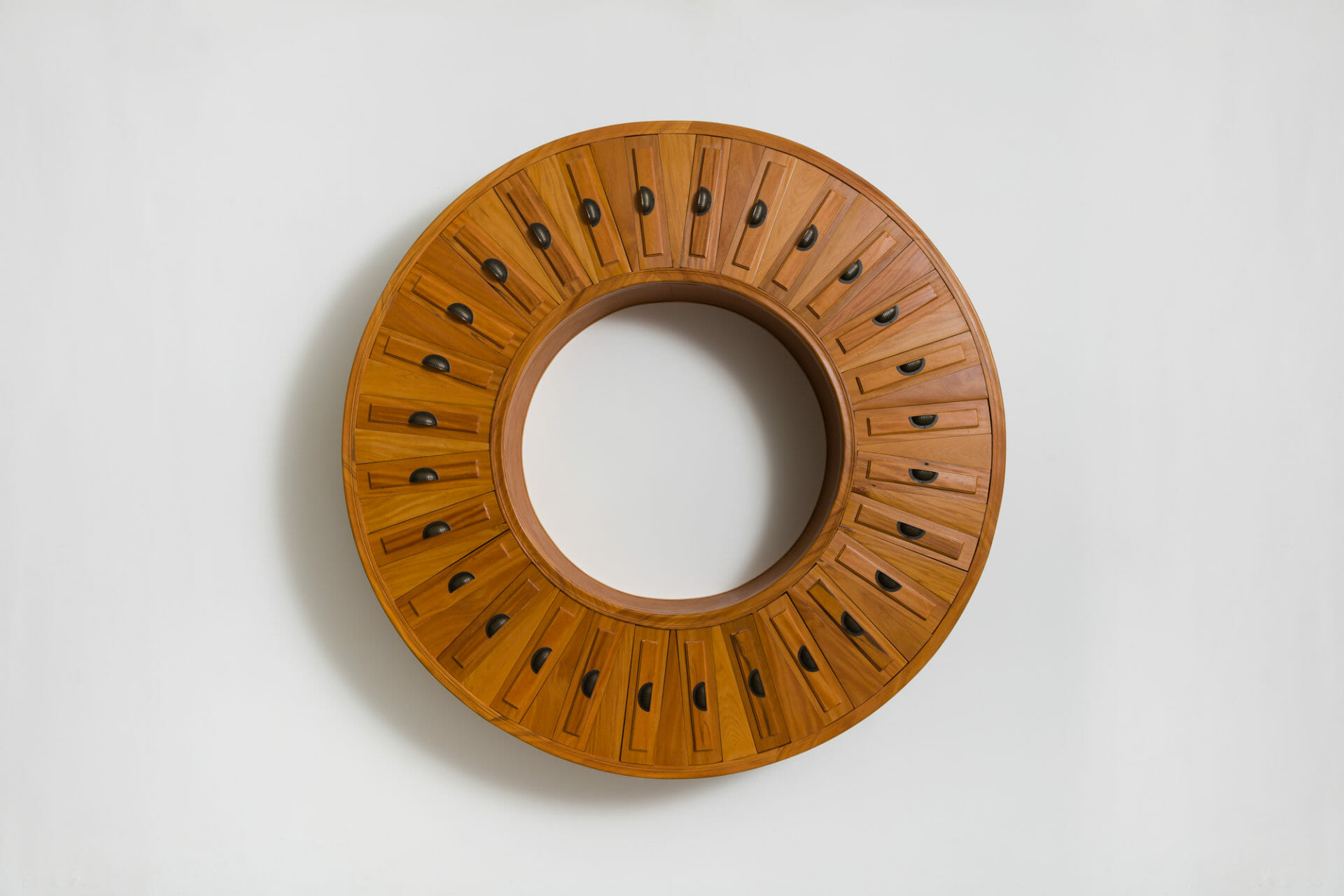
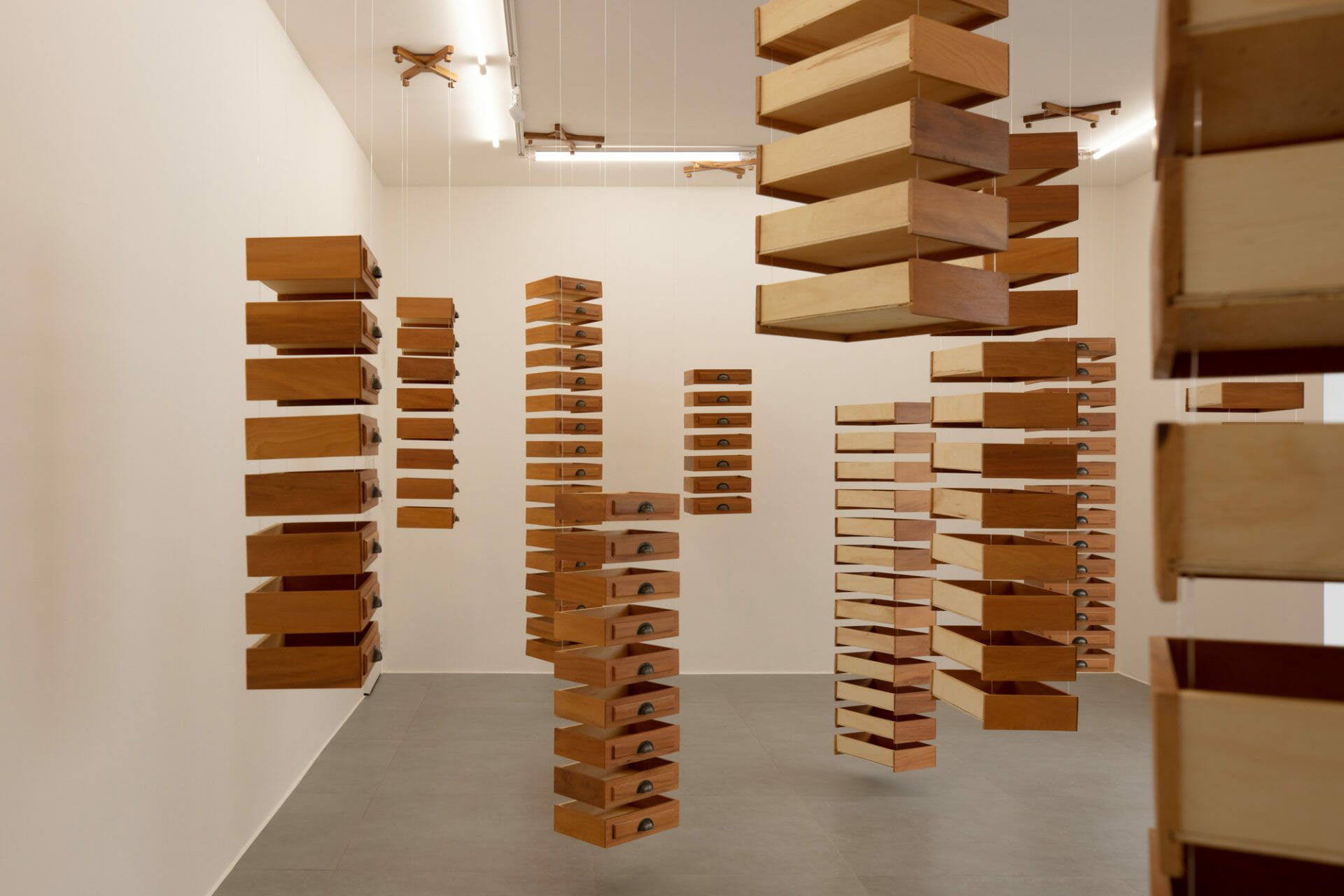

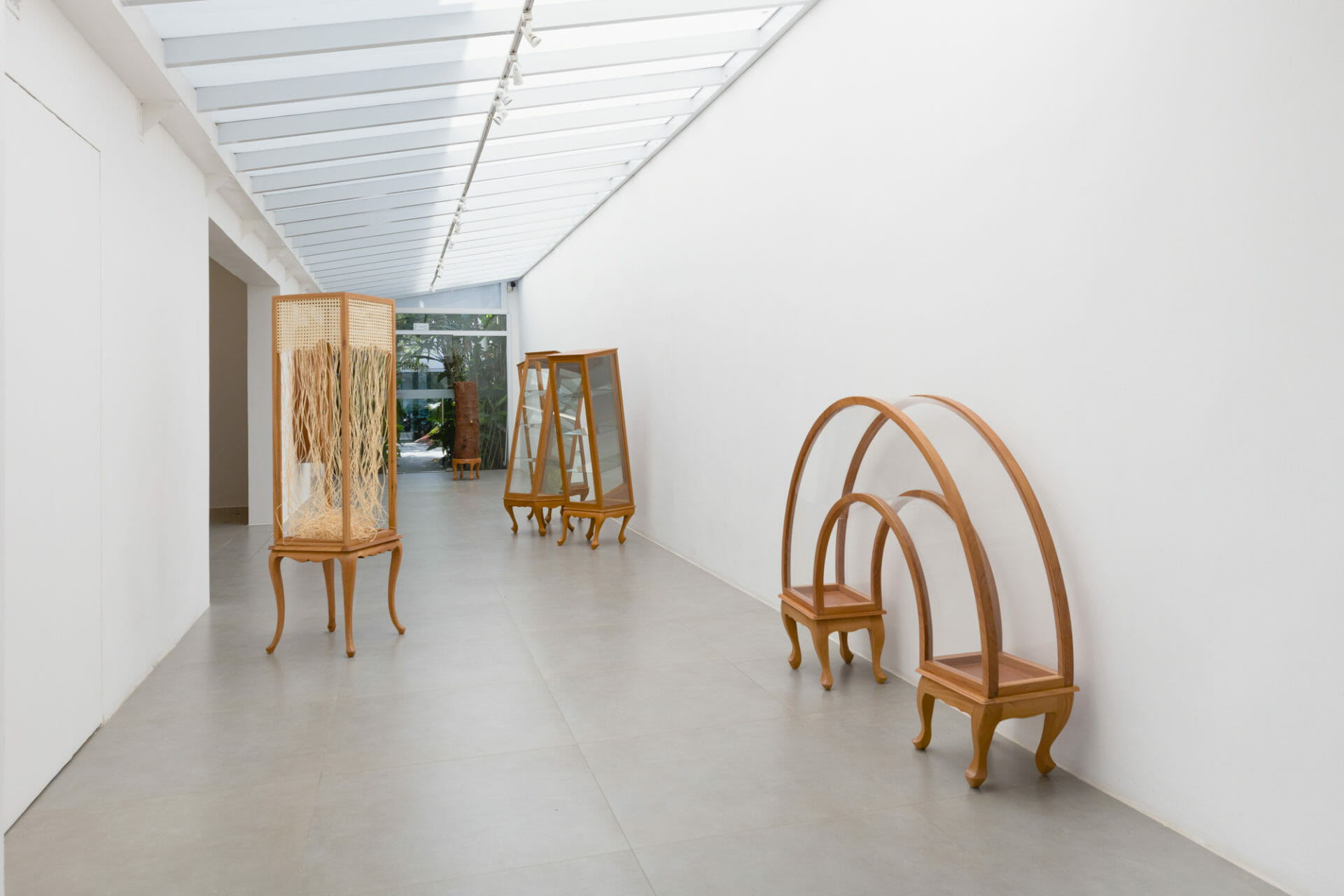
Francisco Nuk
(Belo Horizonte 1990)
Son of an artist and a gallery owner, Francisco Nuk was introduced and stimulated from childhood to study different artistic manifestations, from the Baroque, characteristic of his region of origin, to the contemporary, an expression produced by his parents. In adolescence he had his first contacts with fine joinery.
He spent early adulthood traveling and doing extensive studies of wood, instruments and applied techniques. Back in Brazil, he worked on the production of his father’s works and set up his own studio. During this period, he was incited to critical creativity and stimulated to produce an authorial work that manifests itself from the mixture of his Minas Gerais roots and the questions surrounding the object’s function and its imperative utility.
Rejecting utilitarianism and influenced by different currents, from Brazilian post-concretism to the conceptual art of Joseph Kusuth, Nuk’s work remodels what surrounds us, making objects part of an artistic experience. The artist arches, twists, bends the object, freeing it from its usefulness, just as poetry distorts words into images.
It is in the folds of activities considered superfluous that Francisco Nuk’s work emerges. Like the poet, he knows that giving up the unimportant, the useless, useless, can put at risk not only culture, but also imagination and the human condition itself.

Roda da Fortuna
, 2021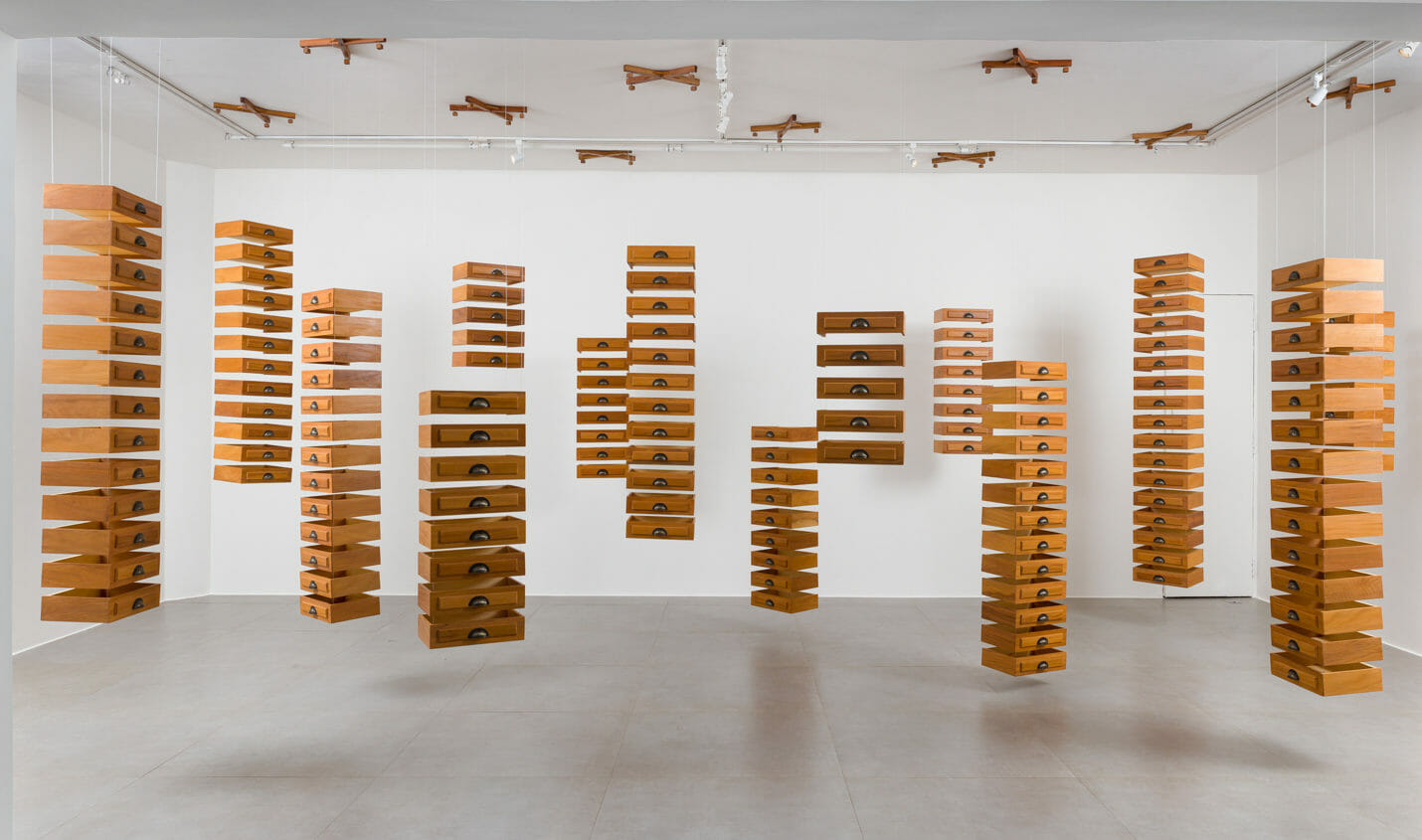
Gavetas (coluna)
, 2021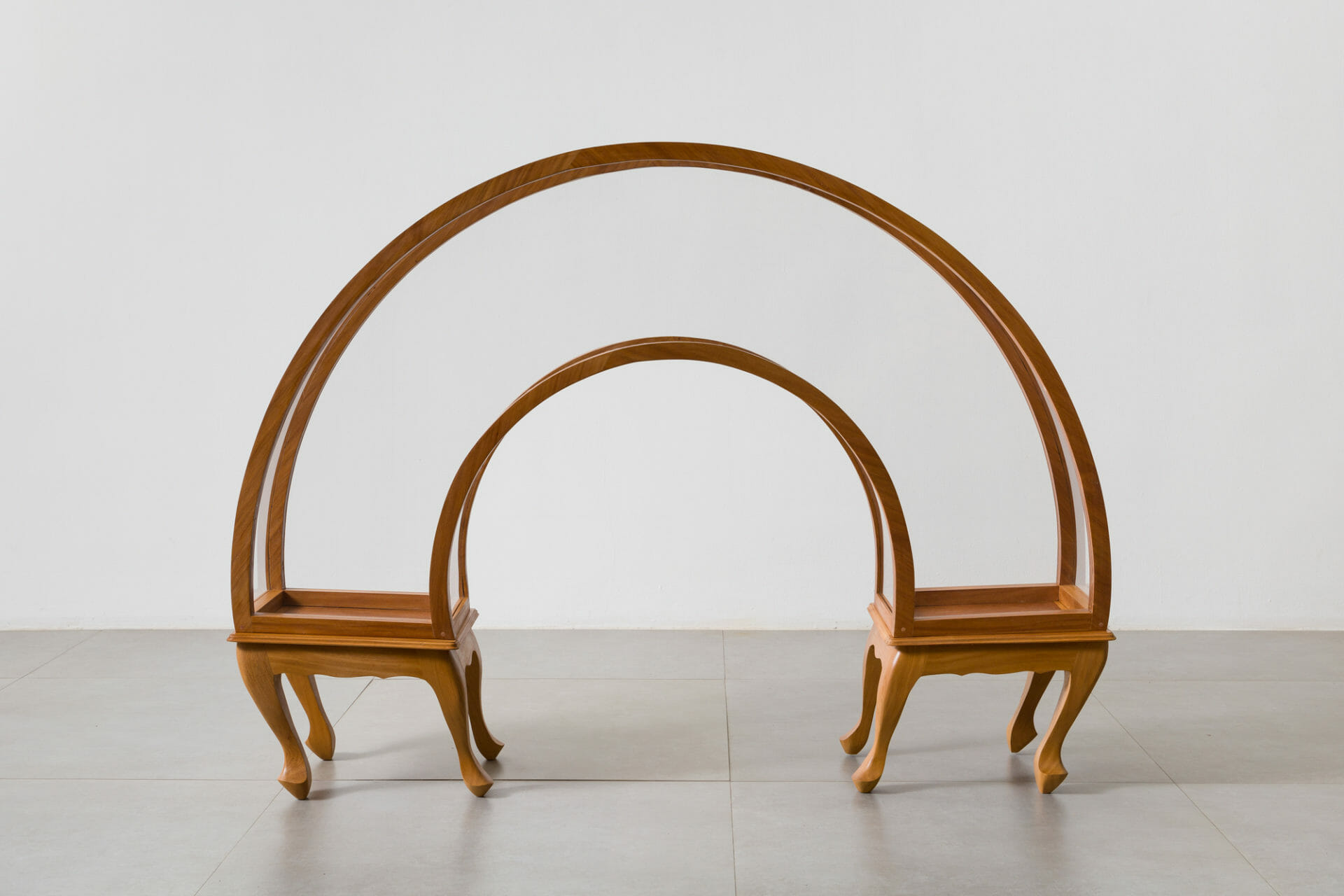
Sem Título
, 2021